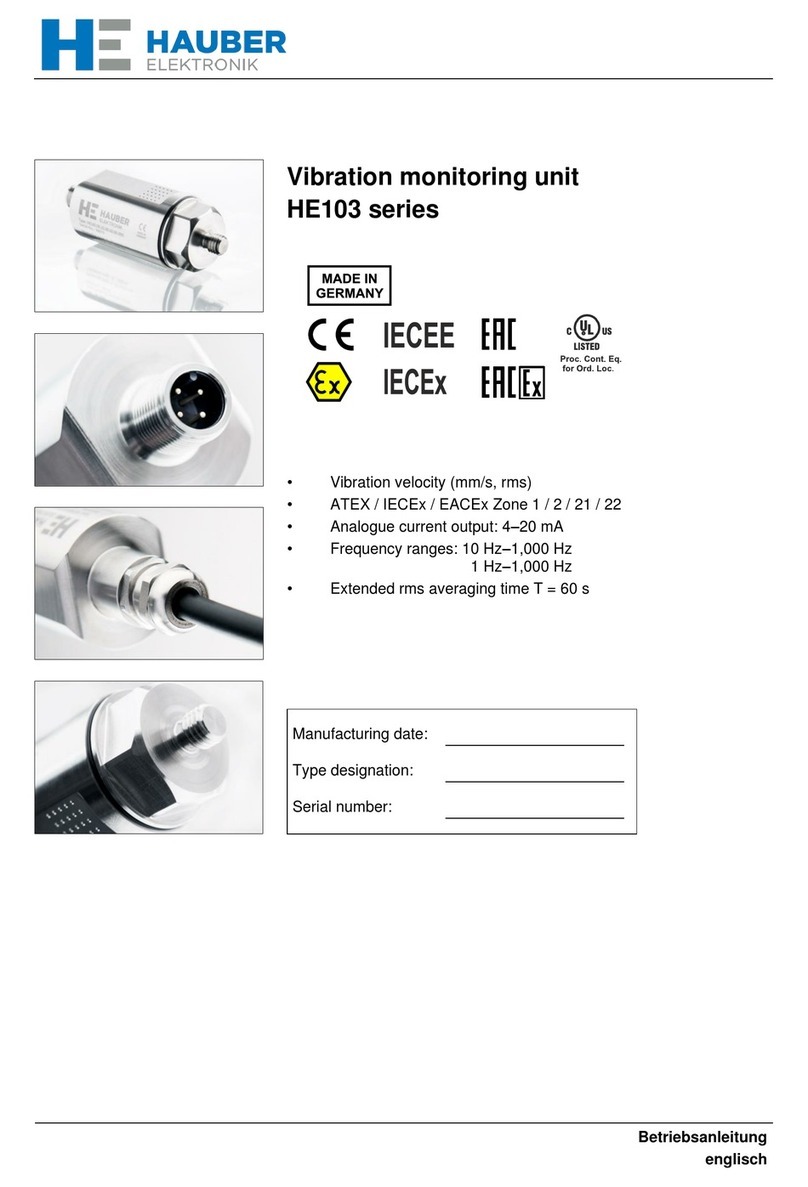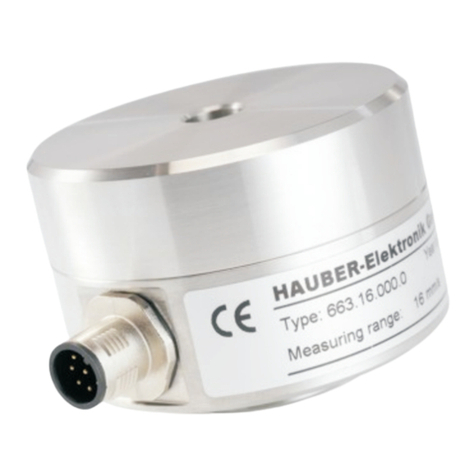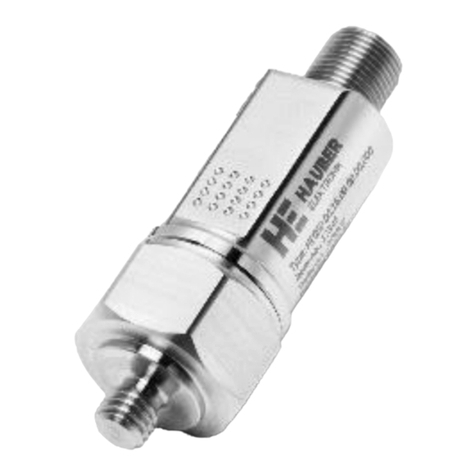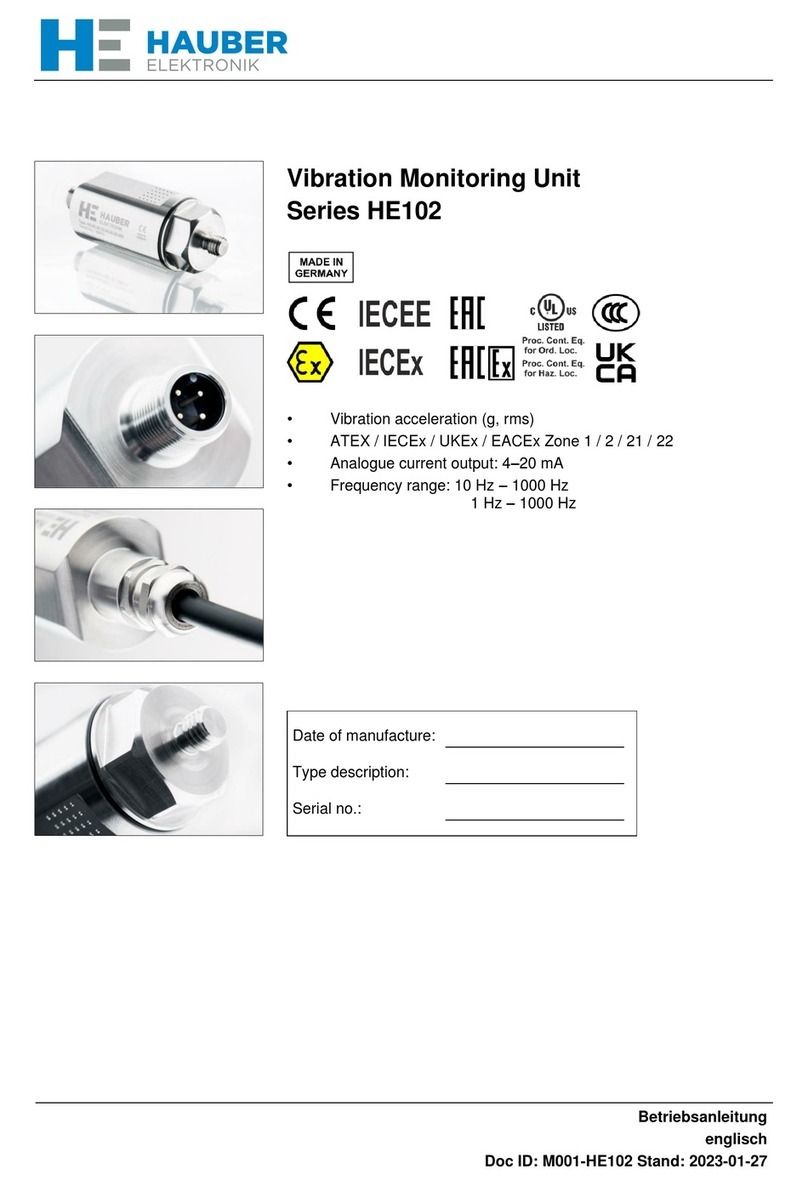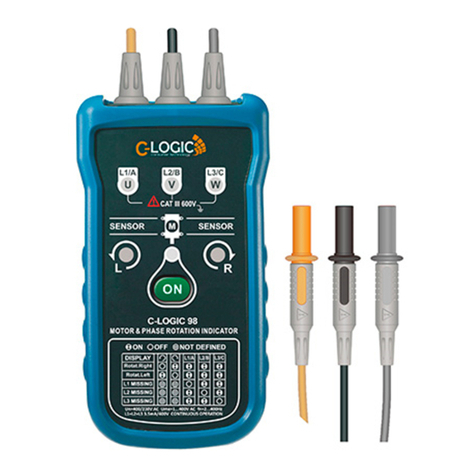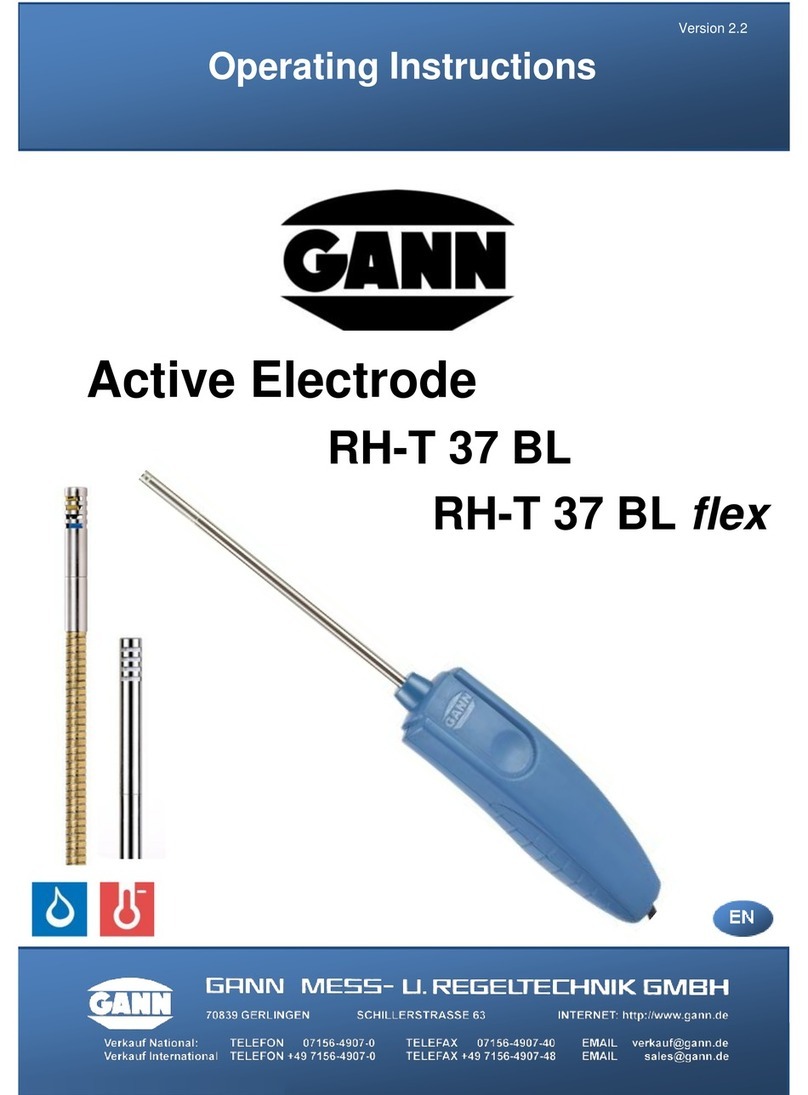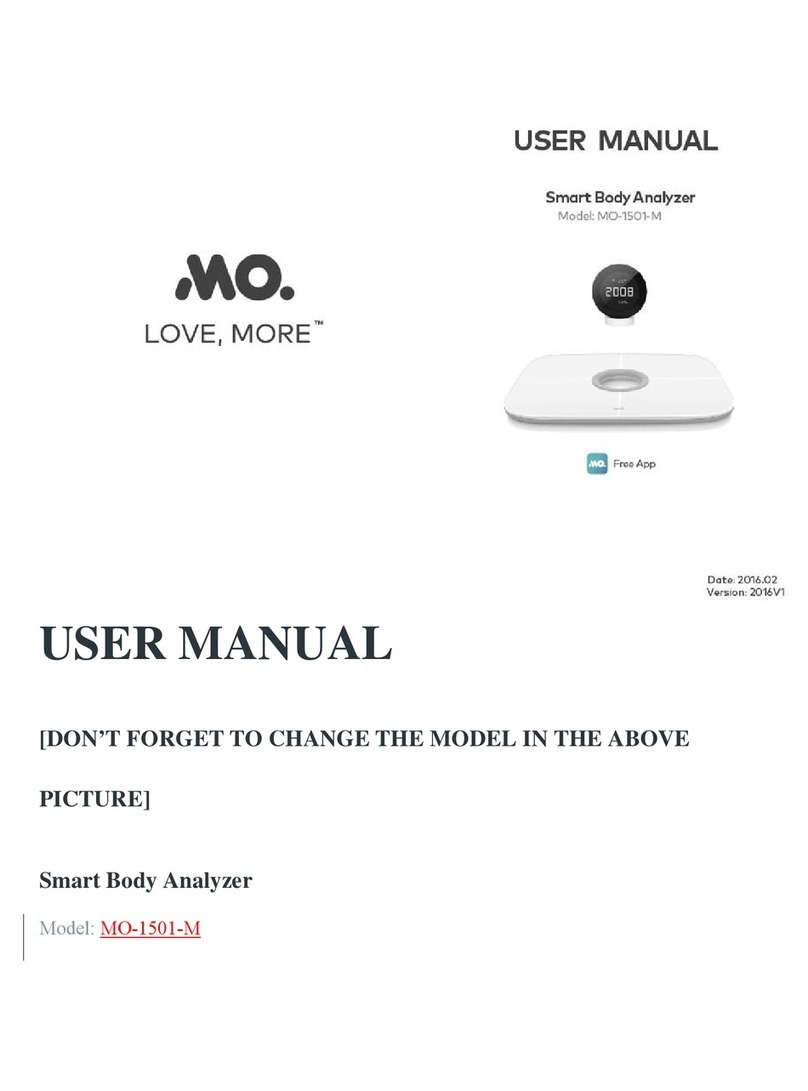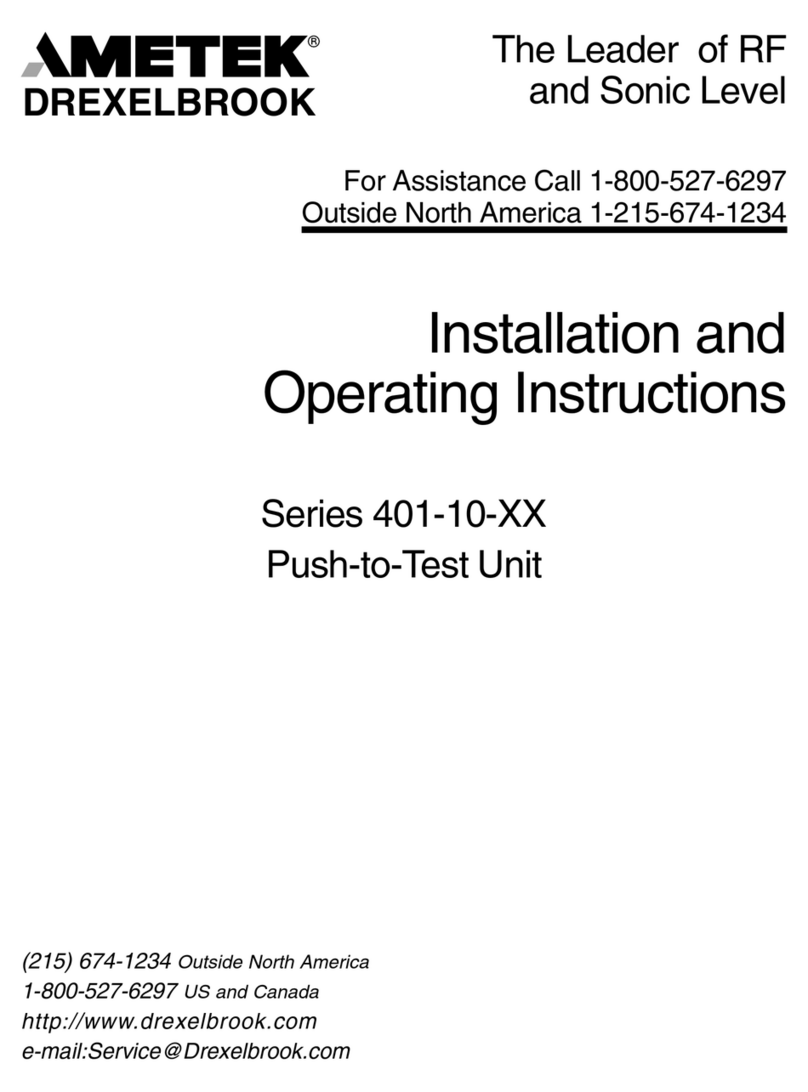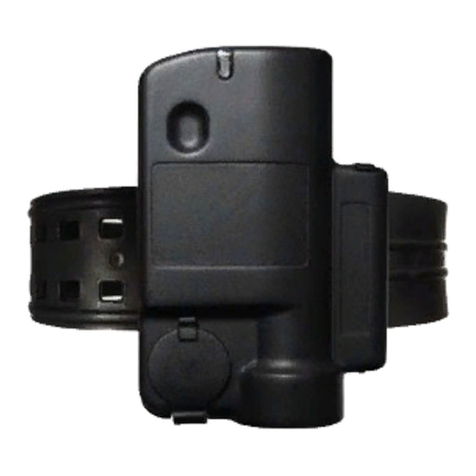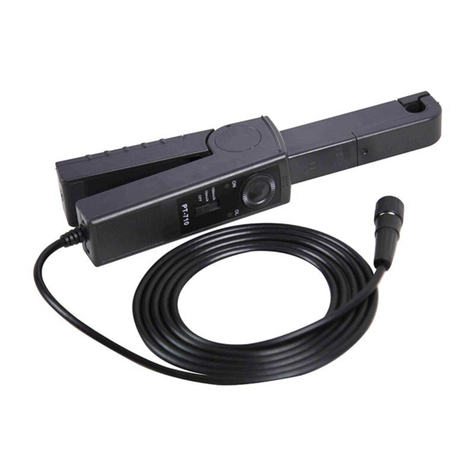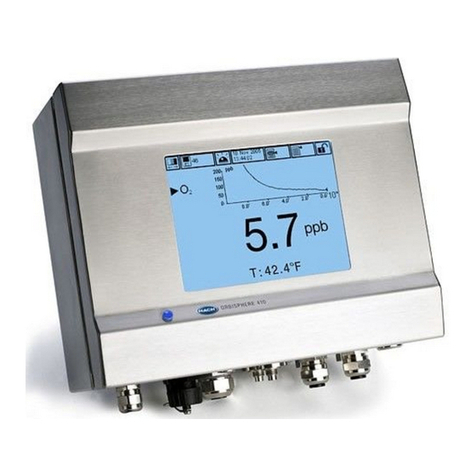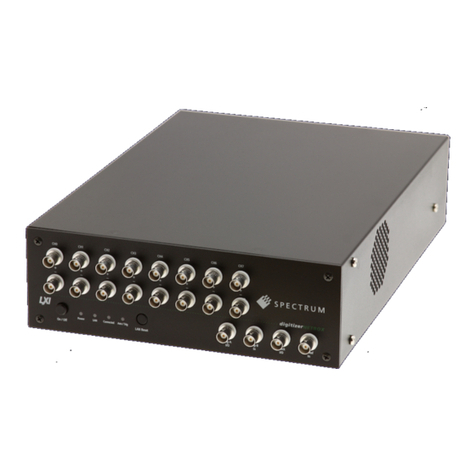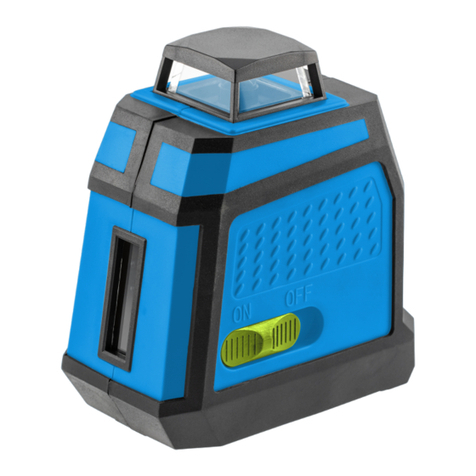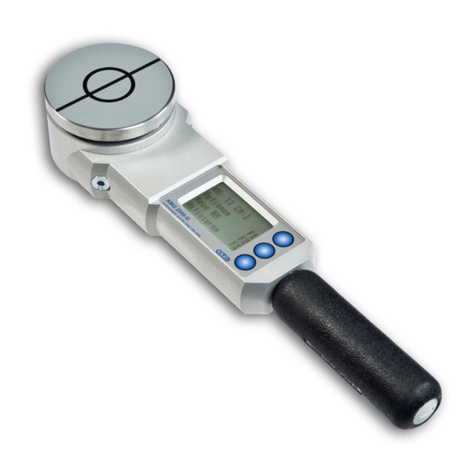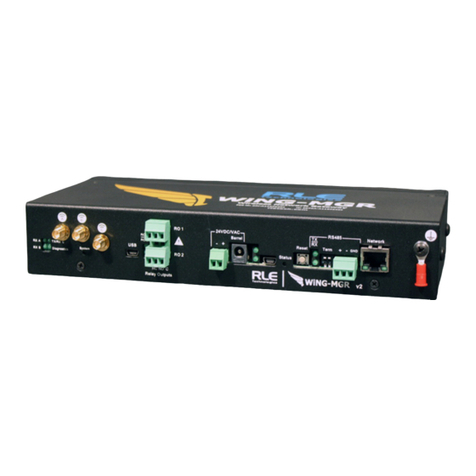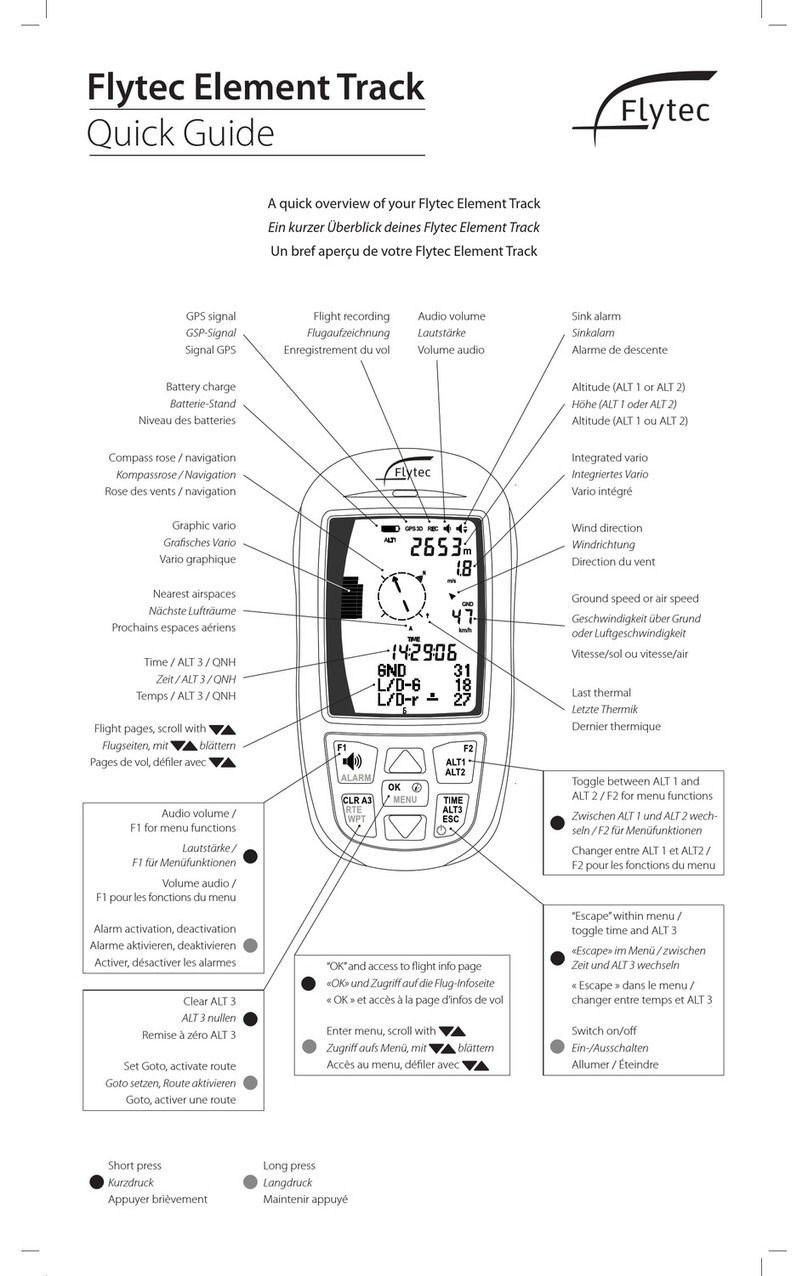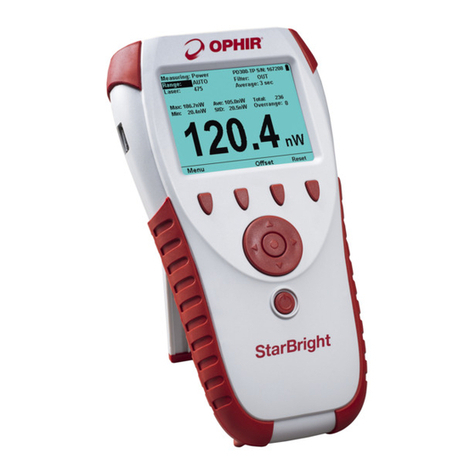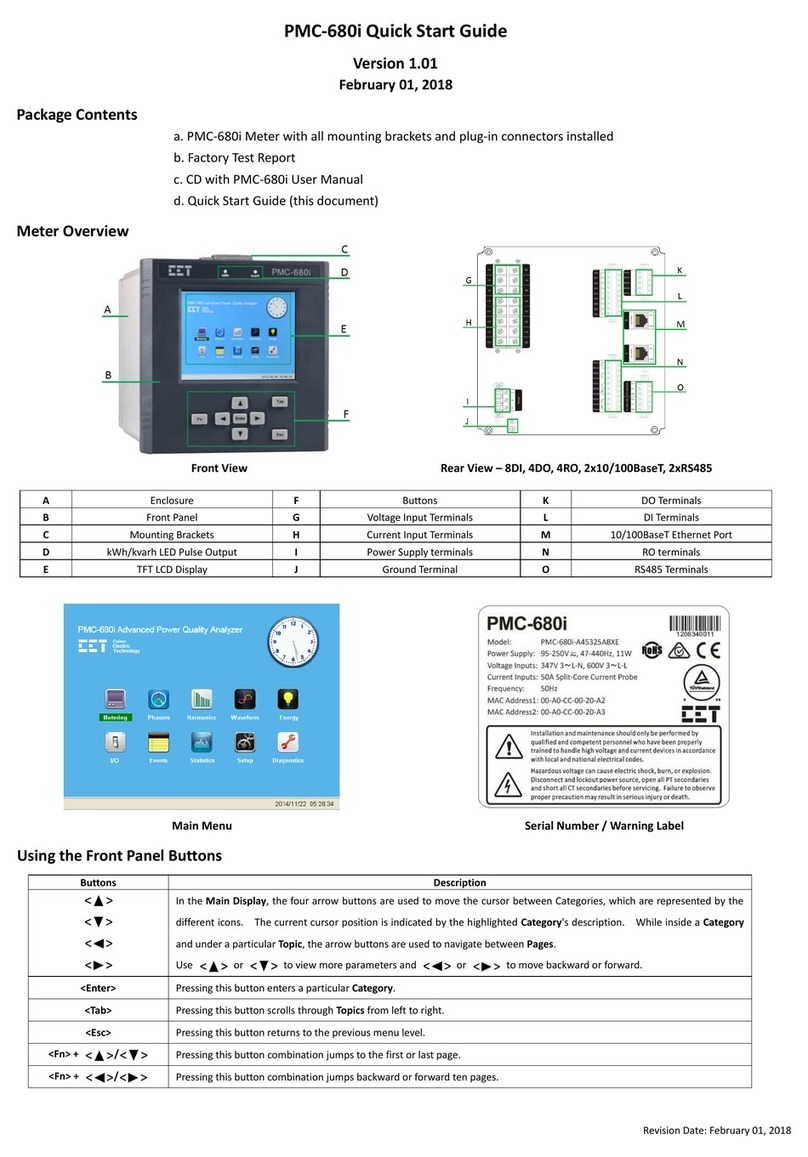Hauber HE250 Series User manual

Betriebsanleitung
englisch
Vibration Monitoring Unit
Series HE250
IECEE
IECEx
•Vibration speed (mm/s, rms)
•Bearing status parameter for roller bearing diagnostic
•ATEX / IECEx / EACEx Zone 2 / 22 and 1 / 21
•2 Relay-Switching Outputs
•2 analogue current outputs: 4–20 mA
•Frequency range: 10 Hz –1000 Hz
1 Hz –1000 Hz
Date of manufacture:
Type description:
Serial no.:

HAUBER-Elektronik GmbH
Instruction Manual
Vibration monitoring unit
Type HE250
Standard and ATEX / IECEx / EACEx
HE250
Version: 2020-09-28
Attention!
Prior to commissioning the product, the instruction manual must be read and
understood.
All rights, including translation, are reserved.
Subject to changes.
Should any question arise, please contact:
HAUBER-Elektronik GmbH
Fabrikstraße 6
72622 Nürtingen
Germany
Tel.: +49 (0) 7022 / 21750-0
Fax: +49 (0) 7022 / 21750-50
info@hauber-elektronik.de
www.hauber-elektronik.de

HAUBER-Elektronik GmbH
3
1 Table of contents
1Table of contents .....................................................................................................................................3
2Safety information....................................................................................................................................4
2.1 General .................................................................................................................................................4
2.2 Symbols used .......................................................................................................................................4
3Scope of this instruction manual..............................................................................................................5
4Vibration Monitoring Unit Type HE250 ....................................................................................................5
5Intended Use............................................................................................................................................5
6Scope of supply .......................................................................................................................................5
7Documents and Certificates.....................................................................................................................6
8Transfer of liability when operating in potentially explosive atmospheres...............................................6
9Fields of application and example labels.................................................................................................7
10 Functional safety instructions ..................................................................................................................8
10.1 Safety level / key indicators ..................................................................................................................8
10.2 General notes .......................................................................................................................................8
10.3 Instructions for the Fail Safe State........................................................................................................8
11 Technical data..........................................................................................................................................9
11.1 General data.........................................................................................................................................9
11.2 Electrical data .....................................................................................................................................10
11.3 Permitted operating temperature range..............................................................................................10
11.4 Operating range of the vibration monitoring unit ................................................................................11
11.5 Typical frequency response................................................................................................................12
11.6 Mechanical data..................................................................................................................................13
11.7 Housing dimensions............................................................................................................................13
12 Connection.............................................................................................................................................14
13 Functional description............................................................................................................................15
13.1 Operating conditions...........................................................................................................................15
13.2 Alarm and limit setting ........................................................................................................................15
13.3 Limit values and delay times...............................................................................................................16
13.4 Bearing status parameter for roller bearing diagnostic.......................................................................17
14 Assembly and disassembly ...................................................................................................................18
14.1 General notes .....................................................................................................................................18
14.2 Fixing the vibration monitoring unit to the mounting surface..............................................................19
14.3 Tamper protection...............................................................................................................................19
15 Installation and commissioning..............................................................................................................20
15.1 General notes .....................................................................................................................................20
16 Maintenance and repair.........................................................................................................................22
16.1 General notes .....................................................................................................................................22
16.2 Troubleshooting Table........................................................................................................................22
17 Transport, storage and disposal ............................................................................................................23
18 Coding HE250........................................................................................................................................24
19 EU declaration of conformity..................................................................................................................25

HAUBER-Elektronik GmbH
4
2 Safety information
2.1 General
The safety information is designed to protect people and property from damage and hazards
resulting from unintended use, incorrect operation or other negligent handling of devices,
especially in potentially explosive atmospheres. For this reason, you should read this instruction
manual carefully before undertaking any work on the product or commissioning it. The
instruction manual must be accessible to operating personnel at any time.
Please check that all documentation is in place prior to commissioning or other work on the
product. If not all documentation has been handed over in full, or if further copies are required,
then they can also be sourced in other languages.
The product has been constructed to the state of the art. Nevertheless, it is impossible to rule
out dangers emerging from this product which could endanger people, machines and systems,
should it be subject to inappropriate handling, non-intended use or use and maintenance by
insufficiently trained persons.
Every person employed by the operator and involved in the set-up, operation and maintenance
of this product must have read and understood this instruction manual.
The product may only be assembled, disassembled, installed and repaired by instructed,
sufficiently trained and authorised personnel.
2.2 Symbols used
This symbol indicates a risk of explosion.
This symbol indicates a risk of electric shock.
This symbol indicates safety-related information.
This symbol points to non-safety-related information.

HAUBER-Elektronik GmbH
5
3 Scope of this instruction manual
This instruction manual for the HE250-type vibration monitoring unit applies to the following
versions:
Standard, Zone-1-21 and Zone-2-22.
The functionality of the versions is identical. The Zone-1-21 and Zone-2-22 versions possess
additional certifications and labels which permit use in potentially exclusive atmospheres.
For further information, see chapter "Fields of application and example labels” on page 7.
4 Vibration Monitoring Unit Type HE250
The HE250 type vibration monitoring unit is used to measure and monitor absolute bearing
vibrations in machines in line with DIN ISO 10816. Furthermore, vibration monitoring determines
a bearing status parameter for the roller bearing diagnostic.
It offers the following features:
•Two limit values and associated delay timings can be adjusted separately.
•The two relay outputs will signal any exceeding of the relevant defined limit values. This
can be used to generate a pre-alarm and a main alarm.
•Measurement parameter: The effective value (rms) of the vibration velocity (mm/s).
•Analogue current output: Interference-free DC signal from 4-20 mA, proportional to the
measuring range of the monitoring unit.
•Analogue current output: Interference-free DC signal from 4-20 mA, bearing status
parameter
5 Intended Use
Type HE250 is used to protect machines and mechanical equipment against undue strong
vibrations. Its use is only permissible within the specifications stated in the data sheet. It is used
exclusively for measuring mechanical vibrations. Main fields of application: Fans, ventilators,
blowers, electric motors, pumps, centrifuges, separators, generators, turbines and similar
oscillating mechanical equipment.
If the equipment is used in a manner not specified by the manufacturer, the
protection provided by the equipment may be impaired.
6 Scope of supply
All versions include:
•Vibration monitoring
•Cylinder head screw with hex socket, M8 x 20 mm
•Spring washers for M8
•Seal label
•Operating instructions

HAUBER-Elektronik GmbH
6
7 Documents and Certificates
You can find the following documents and certificates for HE250 type at www.hauber-
elektronik.de where they can be viewed and downloaded:
•EC type examination certificate ATEX; no.: %PLACEHOLDER%
•EC type examination certificate IECEx; no.: %PLACEHOLDER%
•EACEx certificate, No.: %PLACEHOLDER%
•EAC declaration
•Functional safety certificate (SIL 2)
•Safety manual SIL2
8 Transfer of liability when operating in potentially explosive atmospheres
The owner of the system is exclusively liable for the appropriate configuration of the electrical
connections with respect to explosion protection regulations and correct commissioning.
If the system is installed by a sub-contractor on behalf of the owner, the system may only be
commissioned after the sub-contractor has issued written confirmation in the form of a certificate
of installation that the system has been installed correctly and professionally in accordance with
the applicable legal regulations.
The operator is obliged to notify the responsible authorities of the initial commissioning of
explosion-protected systems or system components and their re-commissioning following
extensive changes or maintenance.

HAUBER-Elektronik GmbH
7
9 Fields of application and example labels
Version
Standard
HE250.00
Pressure-resistant sealing
HE250.01
Pressure-resistant sealing
HE250.02
Fields of
application
Atmospheres not at risk of
explosion
Potentially explosive
atmospheres of zones
1 and 22
Potentially explosive
atmospheres of zones
1 and 22
Marking
Type plate
Standards applied
You can find a list of standards, including the related issue dates, in the EU type examination
certificate for the vibration monitoring unit.

HAUBER-Elektronik GmbH
8
10 Functional safety instructions
10.1 Safety level / key indicators
The HE250 vibration monitoring hardware was tested by TÜV Süd. The results meet the criteria
according to SIL2 and Pl-d.
Safety marking placeholder1
….
Safety marking placeholder2
….
10.2 General notes
A reboot of the vibration monitoring unit must be performed annually in order to
test the relay switching.
10.3 Instructions for the Fail Safe State
When the power supply is switched on, the vibration monitoring unit will perform a self-test.
During operation, self-tests are performed automatically in cycles. If a self-test fails, the vibration
monitoring unit switches to the Fail Safe State.
In the Fail Safe State all status LEDs are lit, all relays are open and the analogue current output
supplies 0 mA.

HAUBER-Elektronik GmbH
9
11 Technical data
11.1 General data
Each sensor has one of the listed measuring and frequency ranges. Further
ranges on request.
Please indicate the measuring and frequency range in your request.
Measuring range:
0-8 mm/s rms (only for frequency range > 10 Hz)
0-10 mm/s rms
0-16 mm/s rms
0-20 mm/s rms
0-25 mm/s rms
0-32 mm/s rms
0-50 mm/s rms
0-64 mm/s rms
0-128 mm/s rms
Measuring accuracy:
± 10% (as per DIN ISO 2954)
Transverse sensitivity:
< 5%
Frequency range:
10 Hz–1,000 Hz (standard)
1 Hz–1000 Hz
Calibration point:
159.2 Hz and 90% amplitude of measuring range
Bearing status parameter:
Weighted crest factor.
Crest factor
Weight / categorised by vibration intensity diagram from DIN
ISO 13373-3
Maximum acceleration:
±16.5 g
Lifetime:
10 years
MTTF value:
%placeholder%
Tab. 1: General data

HAUBER-Elektronik GmbH
10
11.2 Electrical data
Output signal:
1 x 4-20 mA (proportional to the measuring range)
1 x 4-20 mA (bearing status parameter)
Switching contact:
2 x potential-free relay contacts (pre- and main alarm)
Relay switching load:
1A / 30 V DC
Power supply:
24 V DC ± 10%
Power input (max.):
100 mA
Load/output load (max.):
500 Ω
Automatic:
As soon as the vibration values fall below the limit values, the
relays automatically re-energize.
Fuse:
30 V DC, 3A, medium time lag*
* Ensure that the supply line is protected by a UL-approved fuse for UL-compliant sensor
operation.
Tab. 2: Electrical data
11.3 Permitted operating temperature range
Version
Ambient
temperature (TA)
Measuring head (TM)
(in fastening area)
Standard
Connector
-40°C ≤ TA≤ 60°C
-40°C ≤ TM≤ 85°C
Integrated cable
-40°C ≤ TA≤ 60°C
-40°C ≤ TM≤ 85°C
Integrated HT cable*
-40°C ≤ TA≤ 60°C
-35°C ≤ TM≤ 125°C
Zone 2/22
UL Hazloc Dev. 2
Connector
-40°C ≤ TA≤ 60°C
-40°C ≤ TM≤ 85°C
Integrated cable
-40°C ≤ TA≤ 60°C
-40°C ≤ TM≤ 85°C
Integrated HT cable*
-40°C ≤ TA≤ 60°C
-35°C ≤ TM≤ 125°C
Zone 1/21
Integrated cable
-40°C ≤ TA≤ 60°C
-40°C ≤ TM≤ 85°C
Integrated HT cable*
-40°C ≤ TA≤ 60°C
-20 °C ≤ TM≤ 125°C
Tab. 3: Permitted operating temperature range
*HT = High Temperature Version

HAUBER-Elektronik GmbH
11
11.4 Operating range of the vibration monitoring unit
The operating range is independent of the measuring range. It is deduced from the maximum
acceleration, which is 16.5 g across all frequencies. The maximum measurable vibration
velocity is determined by the formula
The following applies to sinusoidal vibration
For further information, see chapter "Fig. 1: ” on page 11.shows the operating range of the
vibration monitoring unit, which is limited by the maximum measurable vibration velocity in mm/s
depending on the frequency in Hz.
Fig. 1: Operating range diagram
1 Frequency in Hz
2 Vibration velocity in mm/s
3 Operating range of the vibration monitoring unit
Reading example:
Frequency
(Hz)
Maximum measurable
vibration velocity
(mm/s)
250
103
400
64
1000
25
Tab. 4: Operating range reading examples
0
20
40
60
80
100
120
140
160
180
200
0100 200 300 400 500 600 700 800 900 1000
2→
1→
3

HAUBER-Elektronik GmbH
12
11.5 Typical frequency response
10 Hz–1,000 Hz (standard)
The frequency response is recorded using a reference sensor.
• 4 Hz. . . 1,200 Hz acceleration sensor
Fig. 2: Typical frequency response 10 Hz–1,000 Hz
1 Frequency in Hz
2 Amplification in dB
1 Hz to 1,000 Hz
The frequency response is recorded using two reference sensors.
• 1 Hz. . . 10 Hz laser sensor
• 10 Hz. . . 1,200 Hz acceleration sensor
Fig. 3: Typical frequency response 1 Hz–1,000 Hz
1 Frequency in Hz
2 Amplification in dB

HAUBER-Elektronik GmbH
13
11.6 Mechanical data
For more information see Section "Coding HE250" on page 24.
Housing material:
Stainless steel V2A, material no.: 1.4305 (standard)
Fastening:
Cylinder head Allen screw M8 x 20 mm
Thread pitch: 1.25 mm (standard)
Mounting:
Housing must be earthed via the M8 fastening
Cover tightening torque
5 Nm
Measuring direction:
Along the fastening axis
Weight:
ca. 500 g
Protection class:
IP 66/67 (Cover and plug connection closed)
Tab. 5: Mechanical data
11.7 Housing dimensions
Fig. 4: Housing with M12 connector
Fig. 5: Housing with
integrated cable
All dimensions in
mm
1 M12 connector
2 Measuring direction
1 Cable gland
2 Connecting cable
3 Measuring direction

HAUBER-Elektronik GmbH
14
12 Connection
Version:
M12 connector
Pin 1:
24 V DC
Pin 2:
GND
Pin 3:
4-20 mA vibration amplitude
Pin 4:
4-20 mA bearing status
parameter
Pin 5:
Relay 1
Pin 6:
Relay 1
Pin 7:
Relay 2
Pin 8:
Relay 2
Version:
Integrated cable
Pin 1:
white
24 V DC
Pin 2:
brown
GND
Pin 3:
green
4-20 mA vibration amplitude
Pin 4:
yellow
4-20 mA bearing status
parameter
Pin 5:
grey
Relay 1
Pin 6:
pink
Relay 1
Pin 7:
blue
Relay 2
Pin 8:
red
Relay 2
Fig. 6: Wiring diagram
The wiring diagram shows the alarm status or the current status!
Relays 1 and 2 are open.

HAUBER-Elektronik GmbH
15
13 Functional description
In an explosive atmosphere the vibration monitoring unit HE250 will only be
opened in a de-energized state.
The HE250 type has two limit values Lim1 and LIM2 and the corresponding delay times, which
can be adjusted separately. If the defined limit value is exceeded and after the set delay time
has expired, the corresponding relay is opened. This can be used to generate a pre-alarm and a
main alarm.
A subsequent fall below the limit value is also signalled at relay outputs 1 and 2, i.e. the
respective relay contact automatically closes.
The HE250 type also has an analogue current output. This supplies direct current of 4-20 mA
proportional to the vibration amplitude.
13.1 Operating conditions
Operating state
Reading
Relay
LED status
OK
≤ Limit value
Closed
green
WARNING
> Limit value, delay time runs
Closed
green + yellow
ALARM
> Limit value, delay time
expired
Open
red
Fail Safe State
0 mA
Open
red + yellow + green
De-energized
0 mA
Open
All LEDs off
Tab. 6: Operating conditions
13.2 Alarm and limit setting
By pressing the "Save Config" button, the current configuration is displayed by the LEDs around
the HEX switches. For further information, see chapter "Limit values and delay times” on page
16.
The limit values and delay times are calibrated using the respective HEX switch. As soon as a
switch position is changed, the LEDs around the Hex switch start to blink. The number of
blinking LEDs represents the current position of the HEX switch. To save the configuration,
press and hold down the "Save Config" button for three seconds. Acceptance of the
configuration is signalled by steady lighting up of the LEDs in the selected HEX switch position.
After about five minutes the LEDs turn off automatically.

HAUBER-Elektronik GmbH
16
13.3 Limit values and delay times
SET
Position
Limit values (mm/s)
Measuring
range
0 –8
mm/s
0 –10
mm/s
0 –16
mm/s
0 –20
mm/s
0 –25
mm/s
0 –32
mm/s
0 –50
mm/s
0 –64
mm/s
0 –128
mm/s
0
0.0
0
0
0
0
0
0.00
0
0
1
0.5
0.625
1
1.25
1.563
2
3.13
4
8
2
1.0
1.25
2
2.5
3.125
4
6.25
8
16
3
1.5
1.875
3
3.75
4.688
6
9.38
12
24
4
2.0
2.5
4
5
6.25
8
12.50
16
32
5
2.5
3.125
5
6.25
7.813
10
15.63
20
40
6
3.0
3.75
6
7.5
9.375
12
18.75
24
48
7
3.5
4.375
7
8.75
10.938
14
21.88
28
56
8
4.0
5
8
10
12.5
16
25.00
32
64
9
4.5
5.625
9
11.25
14.063
18
28.13
36
72
10
5.0
6.25
10
12.5
15.625
20
31.25
40
80
11
5.5
6.875
11
13.75
17.188
22
34.38
44
88
12
6.0
7.5
12
15
18.75
24
37.50
48
96
13
6.5
8.125
13
16.25
20.313
26
40.63
52
104
14
7.0
8.75
14
17.5
21.875
28
43.75
56
112
15
7.5
9.375
15
18.75
23.438
30
46.88
60
120
Tab. 7: Limit values
The SET rotary button has 16 positions, representing the limit value of an alarm. The
measuring range of the vibration monitoring unit is divided into 16 linear steps.
In general:
Example: Limit setting
Measuring range:
0-32 mm/s
SET rotary button Pos.:
8 (9)
Limit value:
16 mm/s (18 mm/s)
Delay times
TIME Position
0
1
2
3
4
5
6
7
8
9
10
11
12
13
14
15
Delay time
(secs)
0
1
2
3
4
5
7.5
10
12.5
15
17.5
20
25
30
45
60
Tab. 8: Delay times

HAUBER-Elektronik GmbH
17
13.4 Bearing status parameter for roller bearing diagnostic
The monitoring of the HE250 has a bearing status parameter identification for the roller bearing
diagnostic in accordance with DIN ISO 13373-3.
In accordance with DIN ISO 13373-3, the bearing status parameter observes the ratio of the
highest peak acceleration value in m/s2to the effective acceleration value in m/s2rms. An
averaging time of t=1s is established for the effective value of the bearing status parameter. The
highest peak value is determined over the duration of the averaging time, meaning t=1s here as
well.
The frequency range to be observed is between 10Hz–10kHz. The signal ratio serves to
diagnose the bearing status for roller bearings, in line with the crest factor.
Norm DIN ISO 133373-3 categorises the roller bearing status into four ranges:
Fig. 7: Vibration intensity diagram [DIN ISO 13373-3]
X Effective acceleration value (total value of 10 Hz to 10 kHz) in m/s²
Y highest peak acceleration value in m/s²
1 range 1 = very low value
2 range 2 = normal (normal status)
3 range 3 = warning message
4 range 4 = alarm
This vibration intensity diagram is not recommended for machines powered by
a gear unit or machines for which there is usually heavy background noise.
The vibration monitoring continually determines the bearing status parameter. The bearing
status parameter is scaled based on the vibration intensity diagram at current output 4–20 mA:

HAUBER-Elektronik GmbH
18
Range
Meaning
Output signal
ILZK in mA
Range 1
No bearing damage can be detected. The bearing status
parameter is very low. It is recommended to repeat the
measurement or change the installation location.
If the bearing status parameter is still in range 1, this can be
approved as the normal range after a check (e.g. frequency and
time range analysis).
4≤ ILZK < 8
Range 2
The bearing status parameter is in the normal range. The
parameter is in the typical normal status. There is no bearing
damage.
8 ≤ ILZK < 12
Range 3
The bearing status parameter is in the warning range. It is
recommended to check bearing by means of a frequency and
time range analysis.
12 ≤ ILZK < 16
Range 4
The bearing status parameter is in the alarm range. It is
recommended to consider changing the bearing.
16 ≤ ILZK ≤ 20
Tab. 9: Meaning of ranges and their output signal
14 Assembly and disassembly
14.1 General notes
Assembly and disassembly work on and with the monitoring unit may only be performed by an
authorised specialist familiar with the safety regulations governing handling electrical
components! When using EX-certified monitoring units in potentially explosive atmospheres, the
professional must also be familiar with the relevant safety regulations!
Before assembly and disassembly disconnect the monitoring unit from the power
supply! Separate plug connections must always be de-energized! If EX-certified
monitoring is operated in a potentially explosive atmosphere, there is otherwise an
explosion hazard, due to spark formation!
The monitoring unit housing must be earthed via the fastening - through the
machine earth of the mounting surface or through a separate protective conductor (PE)!

HAUBER-Elektronik GmbH
19
14.2 Fixing the vibration monitoring unit to the mounting surface
Prerequisites
• Mounting surface is clean and flat; i.e. free of
paint, rust, etc.
• Threaded hole in mounting surface:
15 mm, M8
Tools and material
•Hex socket key SW 6, SW 8
•Torque wrench SW 6, SW 8
•Cylinder head screw with hex socket
M8x20
•Spring washers for M8
Work steps and instructions
•Unscrew housing cover from housing
base;
hex socket key SW 8
•Attach monitoring unit using cylinder
head screws and spring washers with 8
Nm on mounting surface;
Torque wrench SW 6
•Screw the housing cover back onto the
housing base and tighten to 5 Nm;
Torque wrench SW 8
Fastening on mounting surface (1)
Tighten housing cover with torque wrench
In order to avoid cold welding of the housing cover to the housing base, the
thread is treated ex-works with an assembly paste for stainless steel
connections.
14.3 Tamper protection
Attach seal labels
The "SEALED" seal label reveals any unauthorised opening of the housing cover.
After installation of the housing cover by the system operator, the seal label shall be attached to
the side above the housing joint.
If any tampering is attempted, the seal label is destroyed and the tampering will be visible to the
system operator
Fig. 8: Seal label

HAUBER-Elektronik GmbH
20
15 Installation and commissioning
15.1 General notes
Installation and commissioning of the vibration monitoring unit may only be performed
by an authorised specialist familiar with the safety regulations governing handling
electrical components. When installing and commissioning EX-certified monitoring units
in potentially explosive atmospheres, the professional must also be familiar with the
relevant safety regulations!
The commissioning will only be carried out with the housing cover correctly screwed on
(tightening torque = 5 Nm)! If EX-certified monitoring is operated in a potentially
explosive atmosphere, there is otherwise an explosion hazard, due to spark formation!
Protect the connection cable and any extension cable from electrical interference and
mechanical damage! Comply with the local regulations and directives.
15.1.1 Standard earthing concept
With the standard earthing concept, the sensor cable shield has no connection to the sensor
housing (dashed circle). The sensor housing has the same potential as the machine earth.
Fig. 9: Standard earthing concept
1 Machine earth
2 Evaluation unit (measuring instrument, SPS, …)
3 Cable shield
4 Evaluation unit earth potential
5 Optional flexible metal tubing (only available for version with integrated cable)
Table of contents
Other Hauber Measuring Instrument manuals
